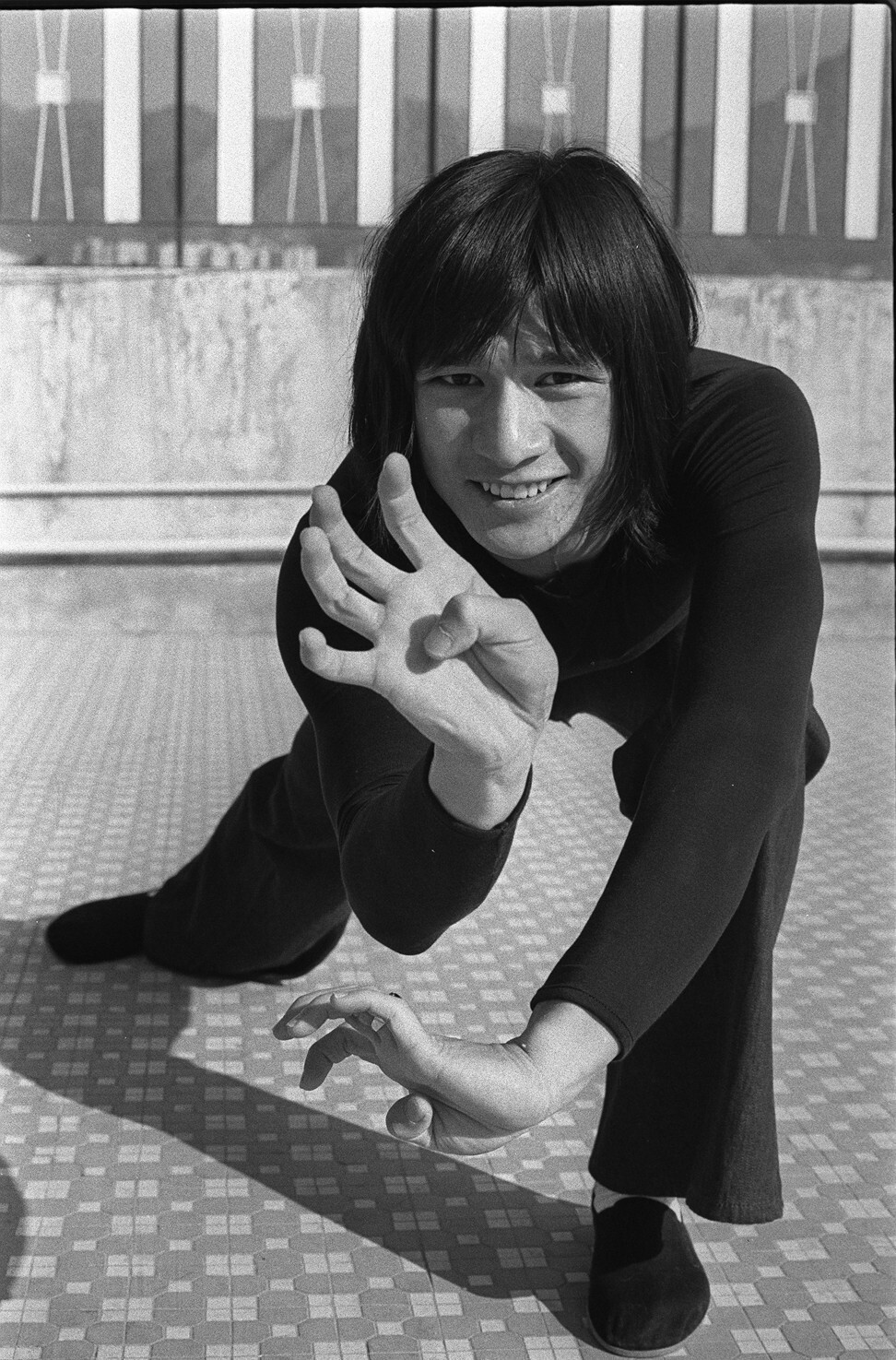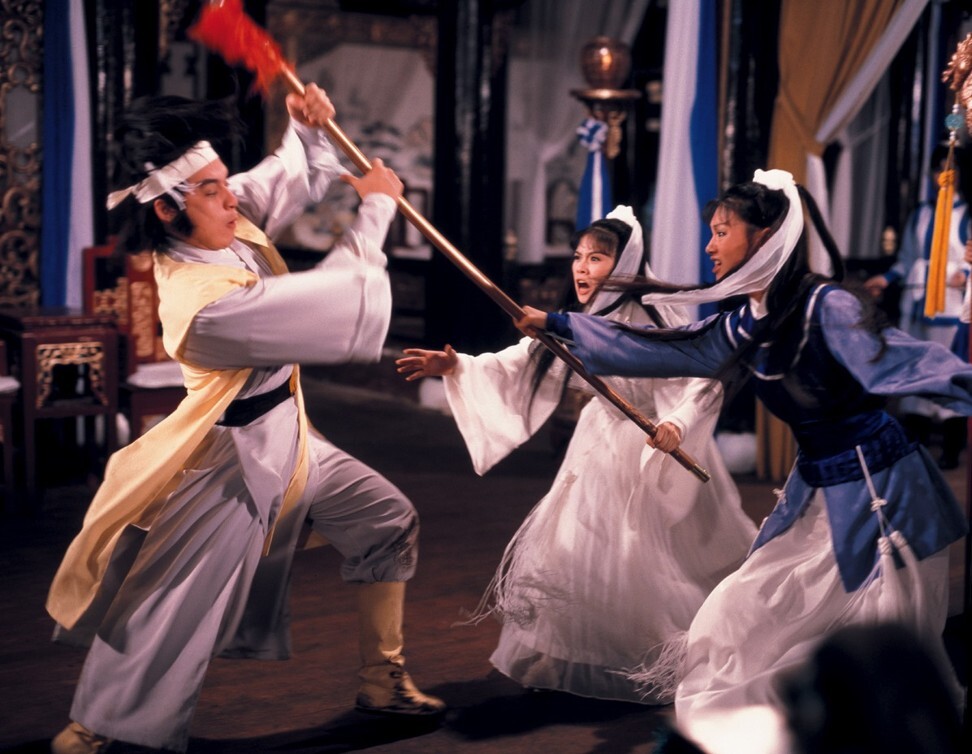
The other Bruce Lee? Alexander Fu Sing, the kung fu movie, Hong Kong cinema and Shaw Brothers Studio star who died tragically young at 28
Did Alexander Fu Sing live in Bruce Lee’s cursed Hong Kong home? And does it explain his own death? Here’s the truth about the martial arts legend that almost was

When Bruce Lee died in 1973, he left a massive hole in the hearts and minds of his fans, as well as cinema in general. Films like Fists of Fury and Enter the Dragon brought international attention to Hong Kong cinema for the first time and reaped handsome profits. As soon as he was gone, the race began to find the next Bruce Lee.
The man who came closest – ignoring Bruceploitation actors like Bruce Li and Bruce Le who aped Lee’s style but not his success – was Alexander Fu Sing.
But like Lee, Fu died young – at 28, five years younger than the Little Dragon. Yet during his brief peak, Fu was Hong Kong’s most popular action film star. And whilst he never had time to achieve international fame, many would argue that Fu set the template for Jackie Chan to go on and dominate the box office in Asia before his move to Hollywood.

Alexander Fu Sing was born in Kowloon Hospital, near Mong Kok, in 1954. His family was a large one, and he was the ninth of 11 children. His father, Benton Cheung Yan-lung, was a man of some local influence. A businessman and politician from the New Territories, Cheung was also a member of the Legislative Council of Hong Kong for 10 years under the colonial administration and was eventually awarded a CBE for his work.
Fu did not excel at school, unlike many of his siblings who were reportedly strong academics. That encouraged him to leave school at 15 and find a paying job. He landed a job in construction and lived at one his parents’ properties on Boundary Street – not far from where he was born in Kowloon. A myth has sprung up that Fu even lived in Bruce Lee’s old home on Cumberland Road, and that the location’s bad karma explains the two actors’ premature deaths. However, that was never the case.
After a year of working in construction, Fu signed up for the legendary film production company’s Shaw Brothers Southern Drama School, which the studio hoped would train a new generation of martial arts superstars. Although there is no way of knowing for sure, Fu was possibly inspired by Lee. After all, he made this decision in 1971 – the year Bruce Lee made his starring debut with the hit film The Big Boss.
Fu already had a background in judo and karate. He had picked up martial arts during a brief stint when his father moved the family temporarily to Hawaii, and while training with Shaw Brothers he even learned performance, dance, fashion, photography and screenwriting.
While training, Fu caught the attention of legendary director Chang Cheh, the man eventually responsible for classic films like One-Armed Swordsman and The Five Venoms. The pair formed a close bond and would go on to work together on numerous films.
Initially, Fu was earning just US$4 a day working as a background actor. It wasn’t until 1973 that he received his first significant role, playing a character in Chang’s Police Force. Although he wasn’t the star, Fu was involved in a number of fight scenes that allowed him to demonstrate his potential.
His solid, early work convinced Shaw Brothers to offer Fu a five-year contract when he was 18 that would see him upgrade his salary to US$85 per month. It wasn’t long after, however, that Fu was given a lead role and finally established himself as a star. His big break came in Heroes Two in 1974 in which he played local folk hero disciple Fong Sai-yuk, a role that would bring great fame to another star of the future, Jet Li. So popular was this tale of the Shaolin Temple and its unbeatable kung fu that Fu and Chang incredibly churned out several sequels within 12 months – Men from the Monastery, Five Fingers of Death, Disciples of Shaolin and 5 Shaolin Masters were all released by 1975.
It was during this busy period that Fu Sing met his wife, Taiwanese singer and actress Jenny Tseng. The pair’s marriage was portrayed in the media as a turbulent one, but that is an accusation Tseng would later refute. For many years there was also intense speculation about the father of Tseng’s daughter, Melody, born four years after Fu’s death, but in 2012 it was revealed that Fu had preserved his sperm at a hospital and that he was indeed the father.
Tseng and Fu married in 1976 and the latter’s career continued to go from strength to strength. The 1977 hit Chinatown Kid is regarded as a minor classic and one of the highlights of Fu’s career. Charming and modest, he plays a Hongkonger fresh off the boat in San Francisco.
Initially seduced into a life of crime, Fu’s young character eventually plays the gangs of San Francisco off against one another in his determination to clean up the town. With its international setting (even if most of the film was shot on the Shaw Brothers lot) Chinatown Kid was a determined effort to push Fu as an international star on the level of Bruce Lee.
At this critical juncture, Fu’s career hit a bump. In 1978, while working on The Deadly Breaking Sword he suffered concussion and a blood clot on his brain when a wire snapped while shooting a stunt. Fu fell 2.5 metres (eight feet), landing straight on his head. Although surgery was not required, Fu was back in hospital a year later after another accident. During the shoot for Heroes Shed No Tears, another fall resulted in him shattering bones in his right leg. Three surgeries were required before Fu was fully healed and he was unable to work for a number of months – nearly a lifetime given the rapid pace at which the Hong Kong film industry then worked.
Fu eventually recovered and one of his last films, Legendary Weapons of China (1982), would prove to be his highest-grossing, even if his role wasn’t a leading one.

Fu’s untimely death occurred in 1983. He was being driven to a shoot by his brother, Horatio Chun-sing, in Tseun Wan. But while driving through Clear Water Bay their car hit a post, flipped and tumbled down the hillside. Neither was wearing a seat belt. While Horatio survived, Alexander was declared dead at 3.43am on July 7.
Several thousand fans attended Fu’s funeral. At the time of his death he was working on The Eight Diagram Pole Fighter alongside Gordon Liu (who would, decades later, be brought into Quentin Tarantino’s two Kill Bill films). The film is considered a kung fu classic despite the fact that Fu was not able to finish filming and the ending had to be rewritten because of his death.
Though Fu’s life was cut short and he never achieved the stardom of either Bruce Lee or Jackie Chan, his presence lingered at Shaw Brothers. There were whispers that his spirit haunts the studio’s old backlot, and a shrine was made in his old make-up wardrobe to appease his ghost.
For years, many of Shaw Brothers’ classic kung fu movies were not easily available on VHS or DVD. Thankfully, that situation has been remedied in recent years and Fu’s legacy is now widespread for all to see. That may allow for greater appreciation of his work so that he can finally stand alongside the greats who came before and after him.